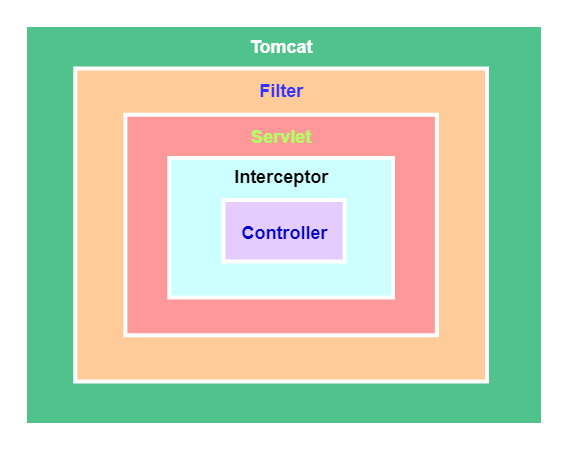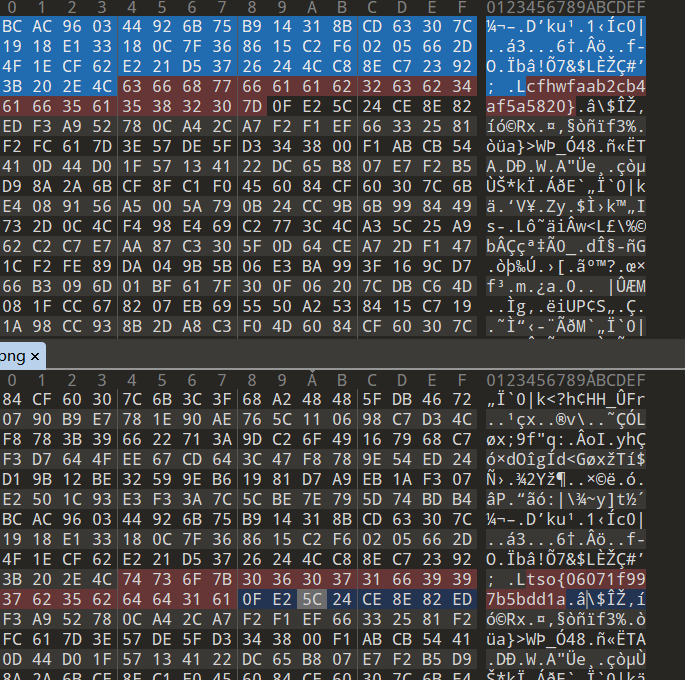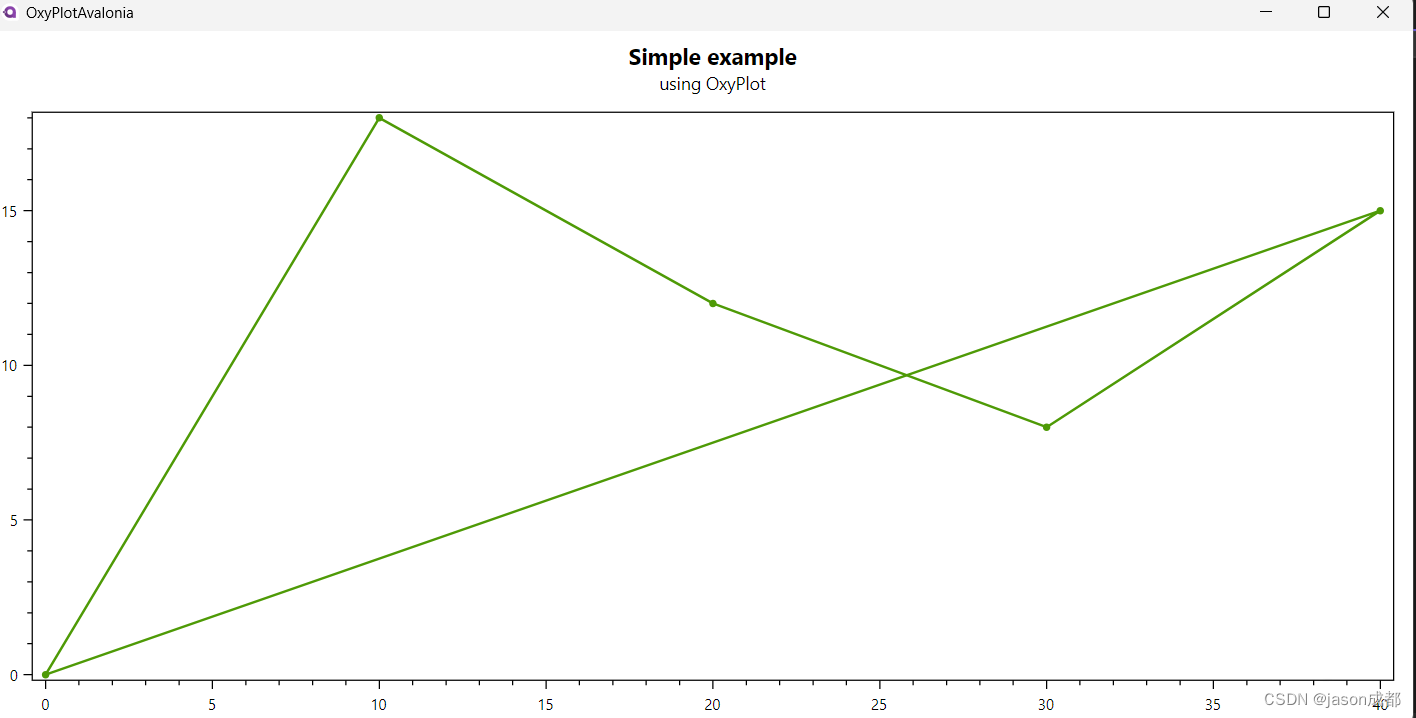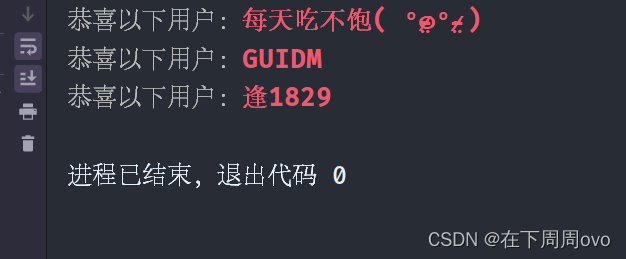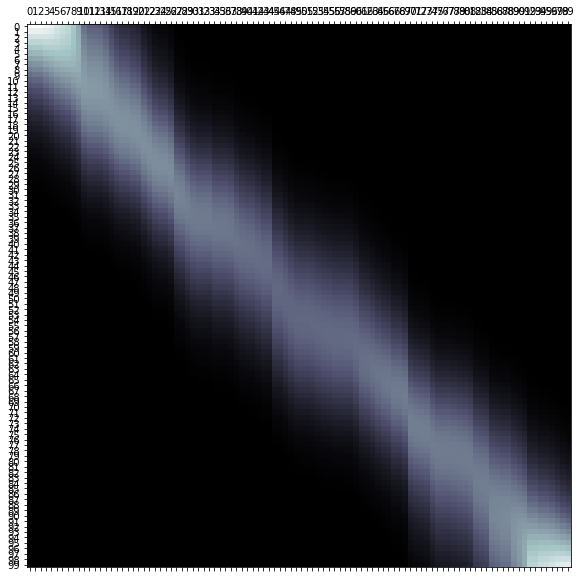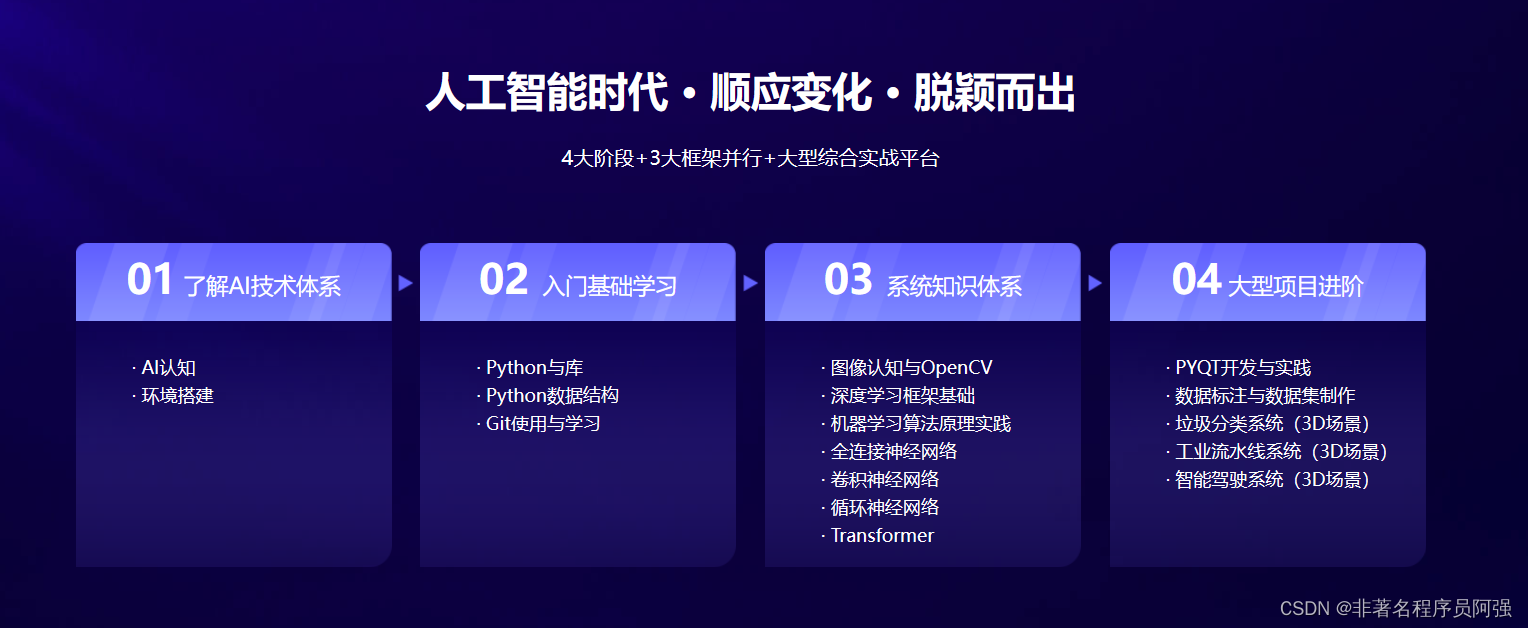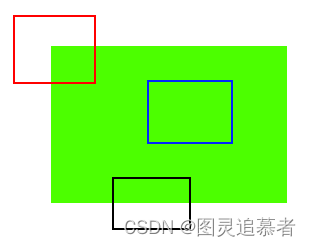描述
在java环境中使用opencv和tesserac识别一个图片表格
环境:opencv和tesseract安装在linux环境下,docker将运行springboot服务
opencv和tesseract的安装和docker加载可参考之前的文章
过程
将图片进行预处理,过滤掉颜色等干扰元素
提取图片的水平线和垂直线,并进行重叠过滤
得到水平线和垂直线的交点,根据交点构建单元格
对每个单元格进行识别
1.转换
将image转换成mat
private Mat bufferedImageToMat(BufferedImage bufferedImage) {Mat mat = new Mat();try {// Convert BufferedImage to byte arrayByteArrayOutputStream byteArrayOutputStream = new ByteArrayOutputStream();ImageIO.write(bufferedImage, "png", byteArrayOutputStream);byteArrayOutputStream.flush();byte[] imageInByte = byteArrayOutputStream.toByteArray();byteArrayOutputStream.close();// Convert byte array to MatMatOfByte matOfByte = new MatOfByte(imageInByte);mat = Imgcodecs.imdecode(matOfByte, Imgcodecs.IMREAD_UNCHANGED);} catch (IOException e) {e.printStackTrace();}return mat;
}2.图片预处理
原图:

将图片灰度化,并进行边缘检测
灰度化
//image为加载的图片Mat imread = bufferedImageToMat(image);Mat gray = new Mat();Imgproc.cvtColor(imread, gray,Imgproc.COLOR_BGR2GRAY);边缘检测
Mat edges = new Mat();
Imgproc.Canny(gray, edges, 50, 150);
3.检测水平线和垂直线
识别水平线和垂直线
List<MatOfPoint> verticalLines = new ArrayList<>();List<MatOfPoint> horizontalLines = new ArrayList<>();for (int i = 0; i < lines.rows(); i++) {double[] val = lines.get(i, 0);if (isVertical(val)) {verticalLines.add(new MatOfPoint(new Point(val[0], val[1]), new Point(val[2], val[3])));} else if (isHorizontal(val)) {horizontalLines.add(new MatOfPoint(new Point(val[0], val[1]), new Point(val[2], val[3])));}}水平线和垂直线的阈值可根据实际情况调节
private boolean isVertical(double[] line) {// 实现判断线是否垂直的逻辑return Math.abs(line[0] - line[2]) < 1.0; // 这里的阈值需要根据实际情况调整}private boolean isHorizontal(double[] line) {// 实现判断线是否水平的逻辑return Math.abs(line[1] - line[3]) < 1.0; // 这里的阈值需要根据实际情况调整}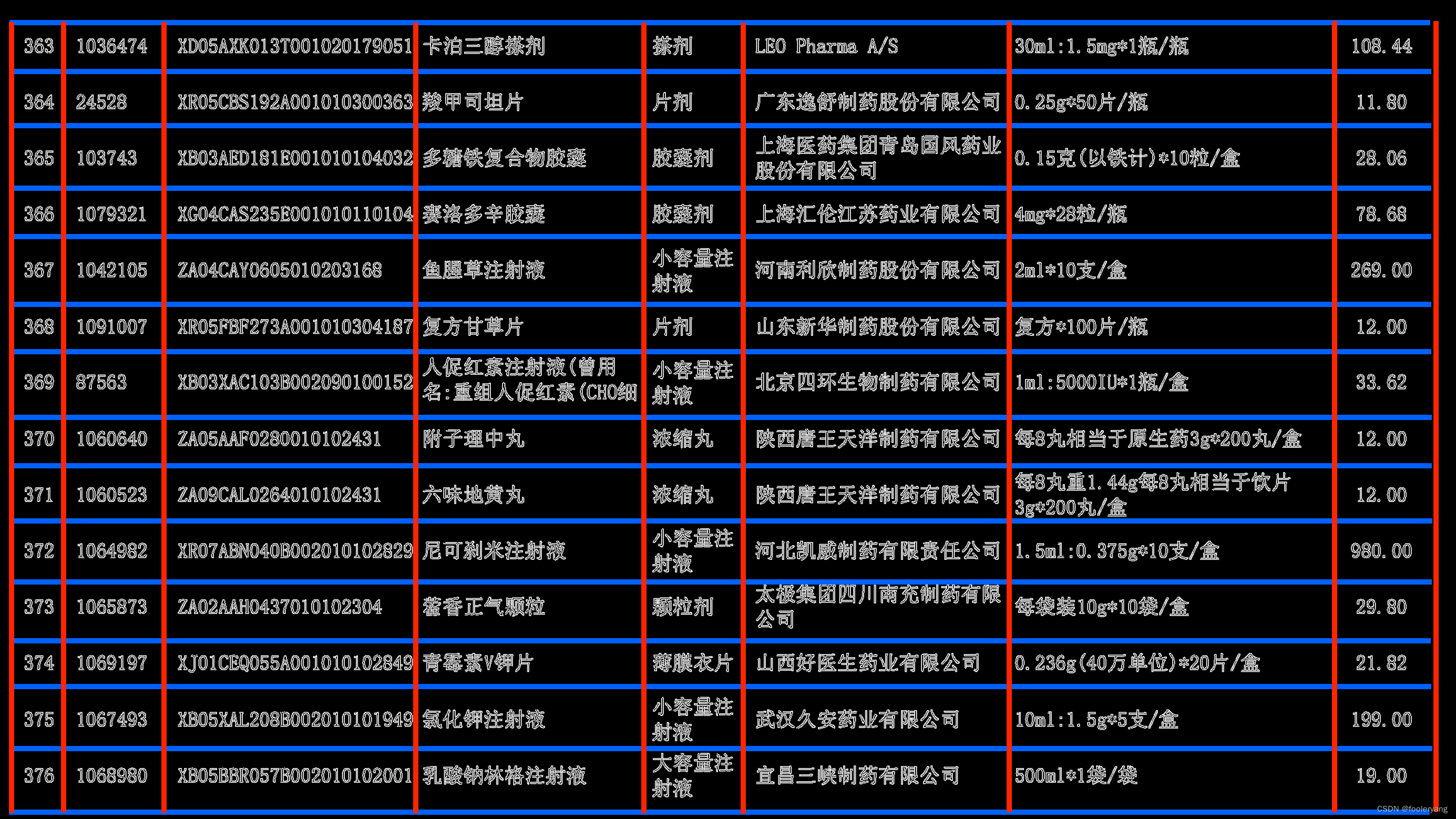
4.重叠过滤
过滤掉相邻太近,应该为同一条线的线段
private List<MatOfPoint> overlappingFilter(List<MatOfPoint> lines, int sortingIndex) {List<MatOfPoint> uniqueLines = new ArrayList<>();// 按照 sortingIndex 进行排序if(sortingIndex == 0){//行,检查y坐标lines.sort(Comparator.comparingDouble(line -> calculateLineCenter(line).y));}else{//列检查x坐标lines.sort(Comparator.comparingDouble(line -> calculateLineCenter(line).x));}double distanceThreshold = 5;for (int i = 0; i < lines.size(); i++) {MatOfPoint line1 = lines.get(i);Point[] pts1 = line1.toArray();// 如果 uniqueLines 为空或当前线与最后一条线不重复,则添加到 uniqueLines 中if (uniqueLines.isEmpty() || !isDuplicate(pts1, uniqueLines.get(uniqueLines.size() - 1).toArray(), distanceThreshold)) {uniqueLines.add(line1);}}return uniqueLines;}private Point calculateLineCenter(MatOfPoint line) {Point[] pts = line.toArray();return new Point((pts[0].x + pts[1].x) / 2, (pts[0].y + pts[1].y) / 2);}5.水平线和垂直线的焦点
得到水平线和垂直线的焦点
List<List<Point>> intersectionList = new ArrayList<>();//交点列表for (MatOfPoint hLine : horizontalLines) {List<Point> intersectionRow = new ArrayList<>();for (MatOfPoint vLine : verticalLines) {Point intersection = getIntersection(hLine, vLine);intersectionRow.add(intersection);}intersectionList.add(intersectionRow);}
获取两条线的焦点
private Point getIntersection(MatOfPoint line1, MatOfPoint line2) {Point[] points1 = line1.toArray();Point[] points2 = line2.toArray();double x1 = points1[0].x, y1 = points1[0].y, x2 = points1[1].x, y2 = points1[1].y;double x3 = points2[0].x, y3 = points2[0].y, x4 = points2[1].x, y4 = points2[1].y;double det = (x1 - x2) * (y3 - y4) - (y1 - y2) * (x3 - x4);double x = ((x1 * y2 - y1 * x2) * (x3 - x4) - (x1 - x2) * (x3 * y4 - y3 * x4)) / det;double y = ((x1 * y2 - y1 * x2) * (y3 - y4) - (y1 - y2) * (x3 * y4 - y3 * x4)) / det;return new Point(x, y);}6.构建单元格
List<List<Rect>> cells = new ArrayList<>();// 构建单元格for (int i = 0; i < intersectionList.size() - 1; i++) {List<Rect> rowCells = new ArrayList<>();for (int j = 0; j < intersectionList.get(i).size() - 1; j++) {Point p1 = intersectionList.get(i).get(j);Point p2 = intersectionList.get(i).get(j + 1);Point p3 = intersectionList.get(i + 1).get(j);Rect cell = new Rect((int) p1.x, (int) p1.y, (int) (p2.x - p1.x), (int) (p3.y - p1.y));rowCells.add(cell);}cells.add(rowCells);}7.对每个单元格进行识别
for(int i=0;i<cells.size();i++){List<String> row = new ArrayList<>();for(int j=0;j<cells.get(i).size();j++){Rect cell = cells.get(i).get(j);Mat cellImage = new Mat(gray, cell);BufferedImage bufferedImage = matToBufferedImage(cellImage);if(bufferedImage == null)continue;String text = tess.doOCR(bufferedImage);row.add(text);}} private BufferedImage matToBufferedImage(Mat mat) {int type = BufferedImage.TYPE_BYTE_GRAY;if (mat.channels() > 1) {type = BufferedImage.TYPE_3BYTE_BGR;}int bufferSize = mat.channels() * mat.cols() * mat.rows();byte[] buffer = new byte[bufferSize];mat.get(0, 0, buffer); // 获取所有像素值BufferedImage image = new BufferedImage(mat.cols(), mat.rows(), type);final byte[] targetPixels = ((DataBufferByte) image.getRaster().getDataBuffer()).getData();System.arraycopy(buffer, 0, targetPixels, 0, buffer.length);return image;}
